
Even as Bates was hitting its goal of carbon neutrality in May 2019, a year earlier than the college’s Committee on Environmental Responsibility (CER) had aimed for, the group was already thinking about its aspirations for 2030.
“We then said, ‘OK, what are the next priorities going to be?’” remembers Associate Professor of Physics Travis Gould. Gould chairs the environmental committee, which comprises 22 students, faculty, and staff from across all areas of the college.
Developed and honed over more than two years, the overarching priority of the Sustainability Roadmap, unveiled this week by President Clayton Spencer and the environmental committee, is to become “climate positive” by 2030.
“This new roadmap is our path forward,” Spencer says. “It presents both large aspirational goals and practical next steps, and it will engage the entire community in helping us make progress, both in infrastructure and behavioral changes.”
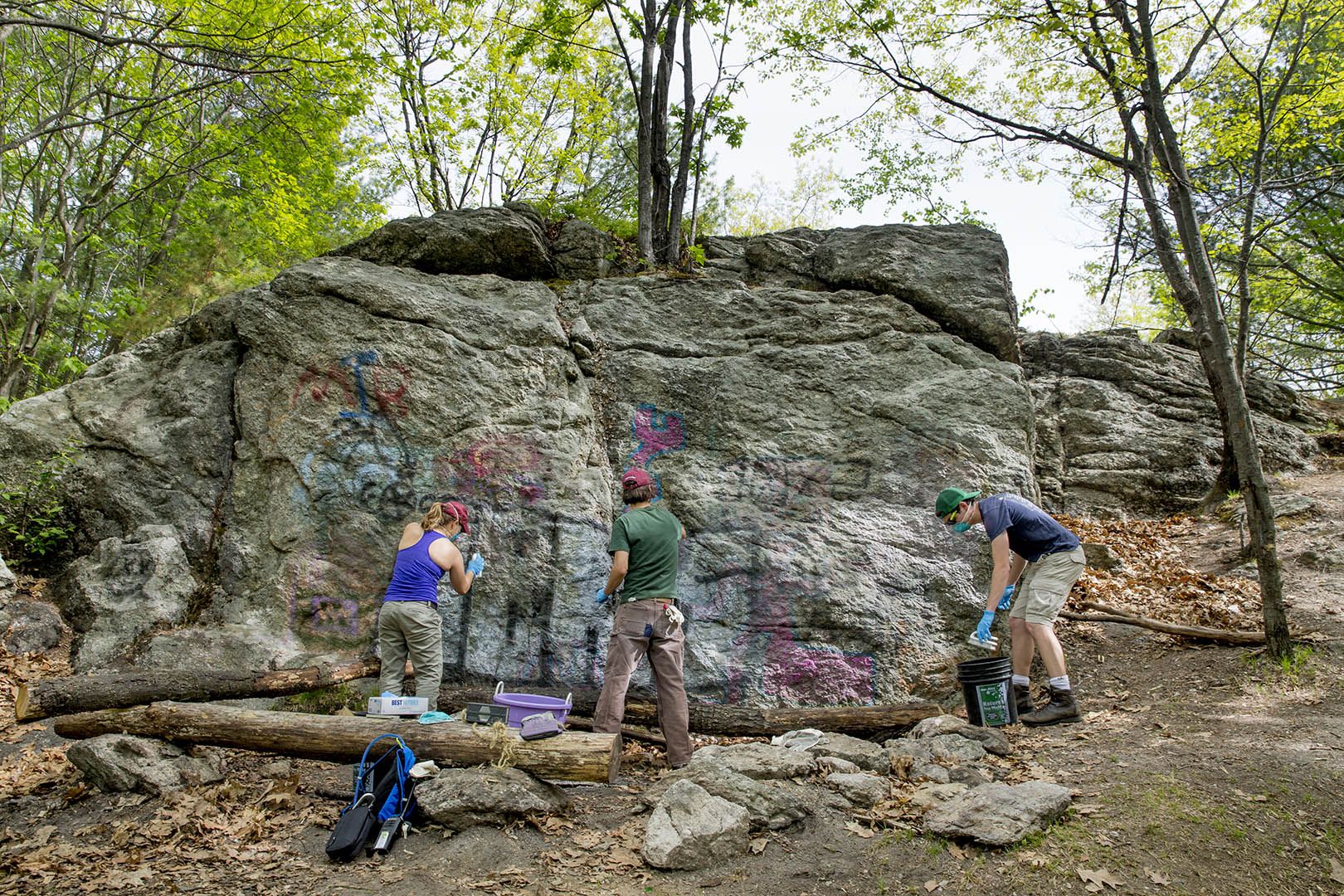
Climate positive means the college will sequester more carbon dioxide (CO2) emissions than it emits. (Carbon dioxide is the primary greenhouse gas produced by human activities.) While carbon neutrality aimed to balance out the harmful aspects of human activity, this new goal aims to be corrective and restorative.
“What our previous action plan for 2020 did was set us on course toward being what you might call ‘the least bad,’” says Sustainability Manager Tom Twist, who joined Bates in 2015. “Which was a good choice. But now it seemed logical to us that the next step should be working toward doing ‘more good.’”
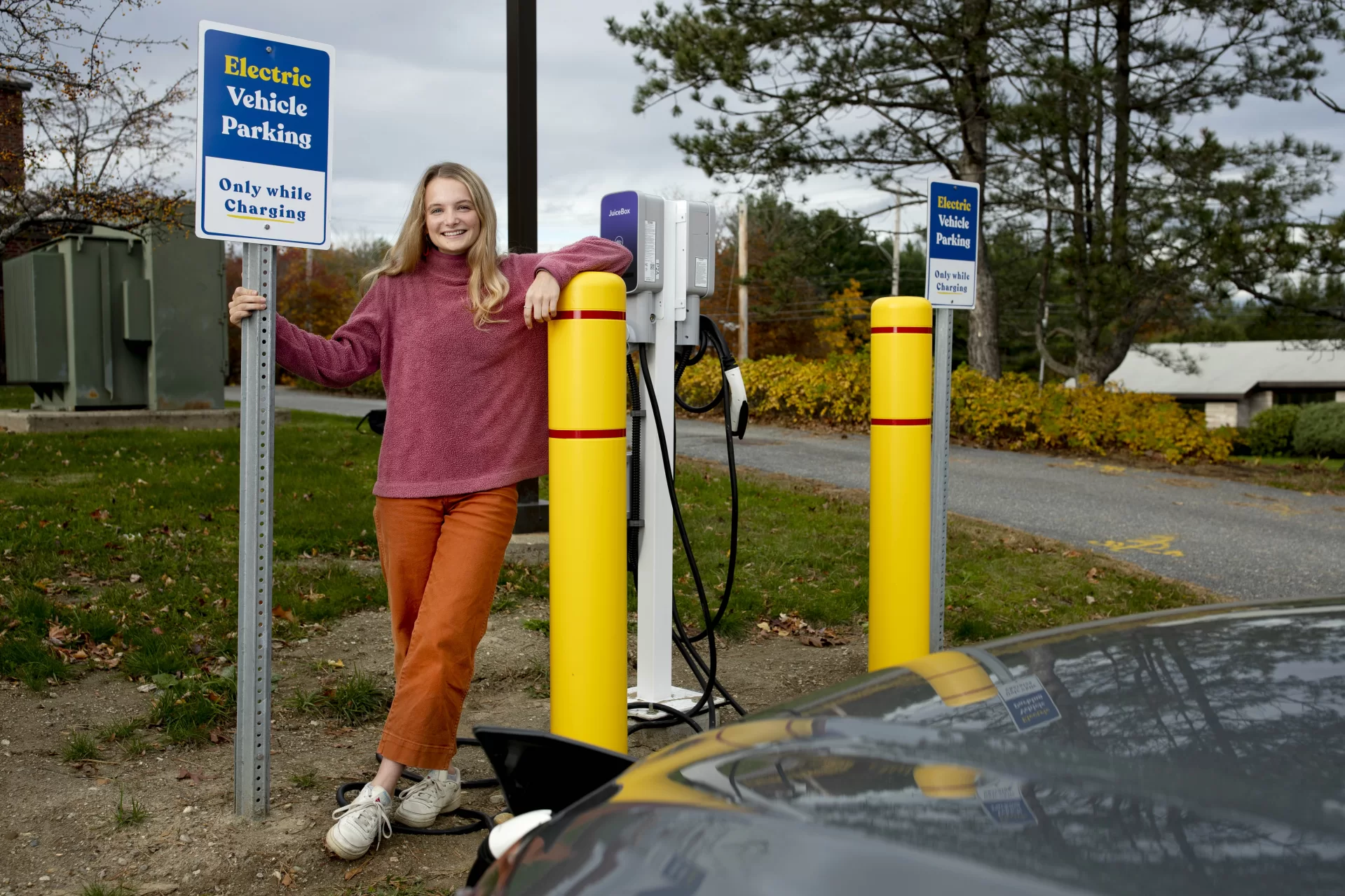
and fellow EcoReps led the way in securing support and about $36,000 to more than double the EV stations at Bates. (Phyllis Graber Jensen/Bates College)
Twist has been instrumental in developing programs across the college to address sustainability issues, including working with students who come up with new and innovative ideas to make Bates greener, applying for Green Innovation Grants every year to make them a reality. One of the Green Innovation Grant projects led to student EcoReps successfully making the case to Central Maine Power and Efficiency Maine for about $36,000 in grants to increase the number of electric vehicle chargers on campus. As a result, Bates more than doubled the number of EV charging stations on campus in 2021.
When the CER created the college’s first formal Climate Action Plan in 2010, it set a 10-year goal to reduce Bates’ carbon footprint, balancing carbon emissions created by the college by removing an equivalent amount of carbon from the atmosphere. That was achieved by changes in everything from the college’s recycling and composting program to crucial adjustments in the steam plan, moving from fossil fuels to renewable energy sources.

The nearly 30-page Roadmap details how to reach the new goal, including deeper work in campus culture, engaging all academic departments, and tracking and sharing data more broadly to keep everyone — faculty, staff, and students — involved in the efforts. Every decision around operations, whether in dining services or energy choices, speaks to the Roadmap’s goal of climate positivity. Bates will use water more efficiently, shift to electric vehicles wherever possible and move even further toward renewables. In August 2020, Bates entered into a 5 megawatt solar project, one large enough to represent 75 percent of Bates’ current electricity use.
Bates will also aim high in its future building standards. The CER recommends that all new campus buildings meet at minimum, the American Institute of Architects 2030 Challenge standard, which sets a fossil fuel energy reduction goal of 80% below the average building consumption for that category of building. The stretch goal is to adopt the Passive House design standard, which can see reductions of up to 90% in fuel costs.
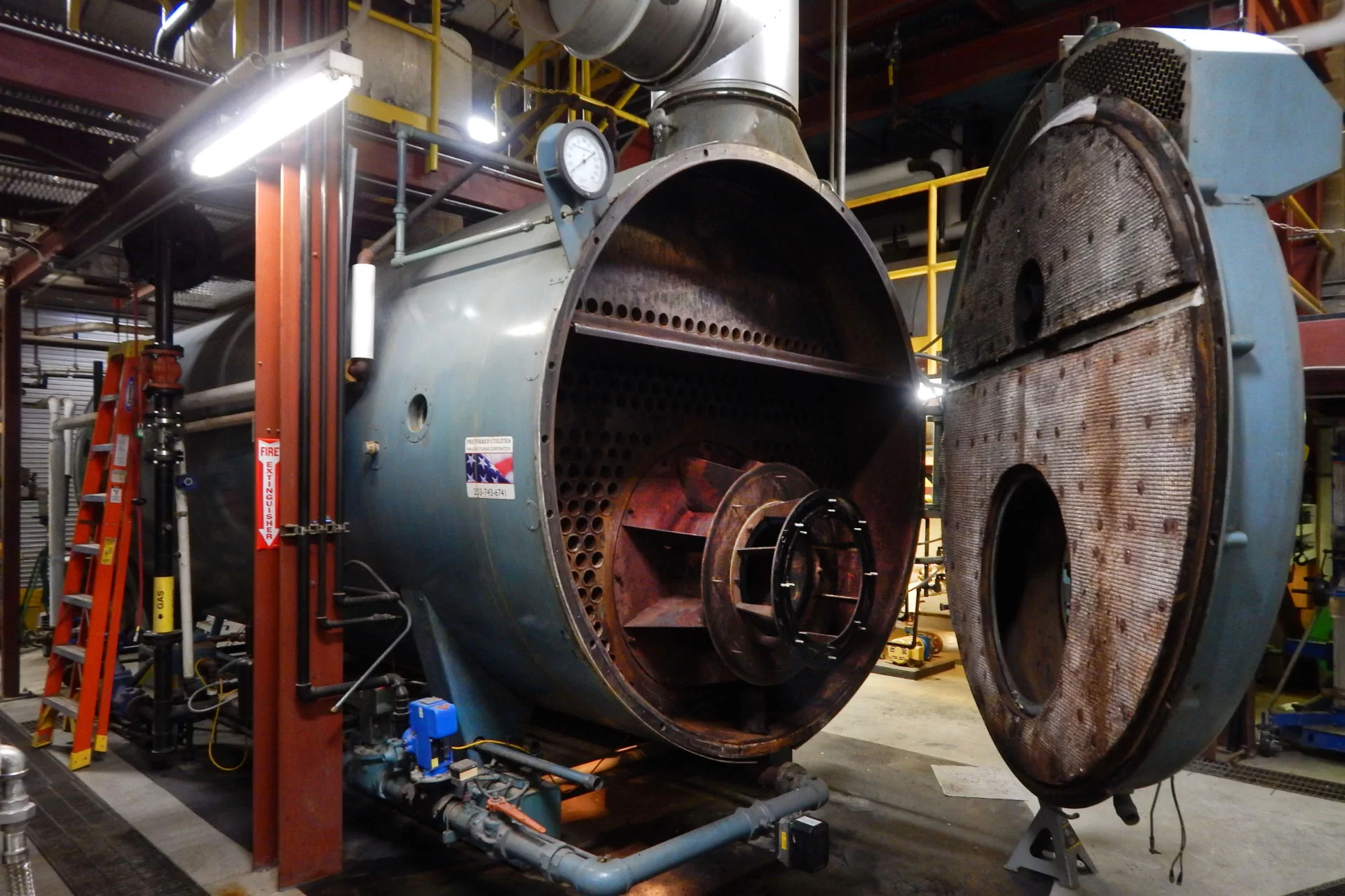
sustainability manager. (Doug Hubley/Bates College)
Pam Wichroski, Bates’ director of capital planning and construction and longtime CER member, has worked to make sure every new building (such as the Bonney Science Center) or renovation is in line with the college’s environmental goals. The last plan made a radical difference in how Bates shaped its sustainability efforts. “The 2010 Climate Action Plan had plenty of value,” Wichroski says. “It ended up being surprisingly accurate in terms of how we got to carbon neutrality.” The CER’s hope is that the new Sustainability Roadmap inspires and leads Bates even further.
The goal for 2020 was ambitious, but the 2030 goal is even more so, out of necessity. The United Nations Intergovernmental Panel on Climate Change (IPCC), a group composed of scientists worldwide, regularly sounds alarms about the world’s environmental future. In 2021, the IPCC warnings got even more dire. It said the planet was on course for a hotter, more dangerous climate future, with total global warming likely to rise around 1.5 degrees Celsius in the next two decades. Unless there are radical adjustments to human activities, the report said warming could exceed 2 degrees Celsius within the 21st century.
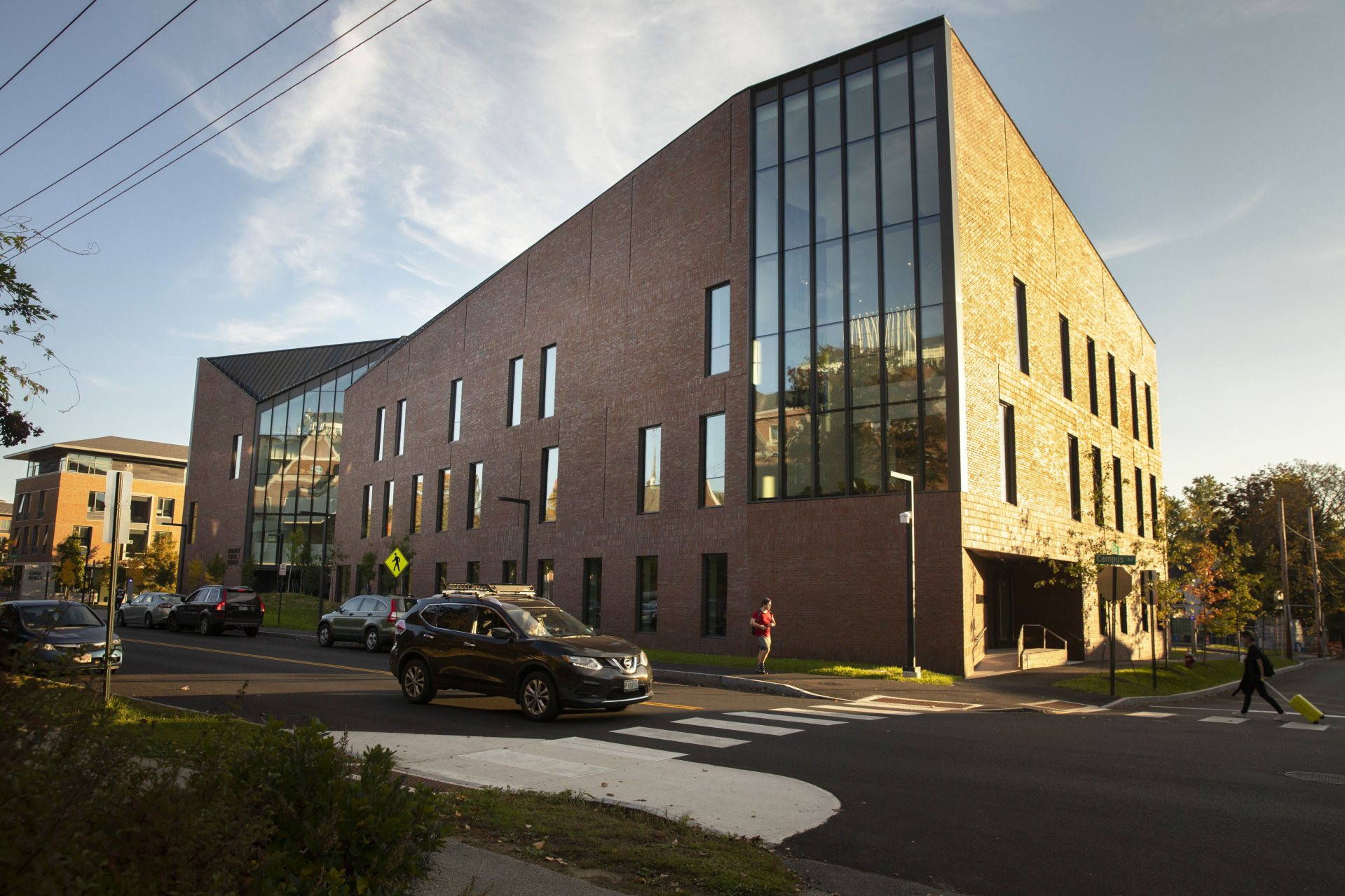
Those shifts may not sound monumental (in Fahrenheit, that’s 2.7°F to 3.6°F) but scientists say even warming at the lower end of that estimate will lead to more extreme weather, including deadly heat waves and droughts, rising seas, and widespread suffering among the world’s most vulnerable.
For the CER, the imperative to act institutionally was obvious. ”Bates is already having a net positive impact in a whole host of fields, whether in student life, or research, or our surrounding community,” the Roadmap says. “The Climate Positive goal is to bring our environmental footprint in line with that overall approach. We want to take in more greenhouse gases than we emit and actually be restorative for our climate, our ecosystems, and our people.”
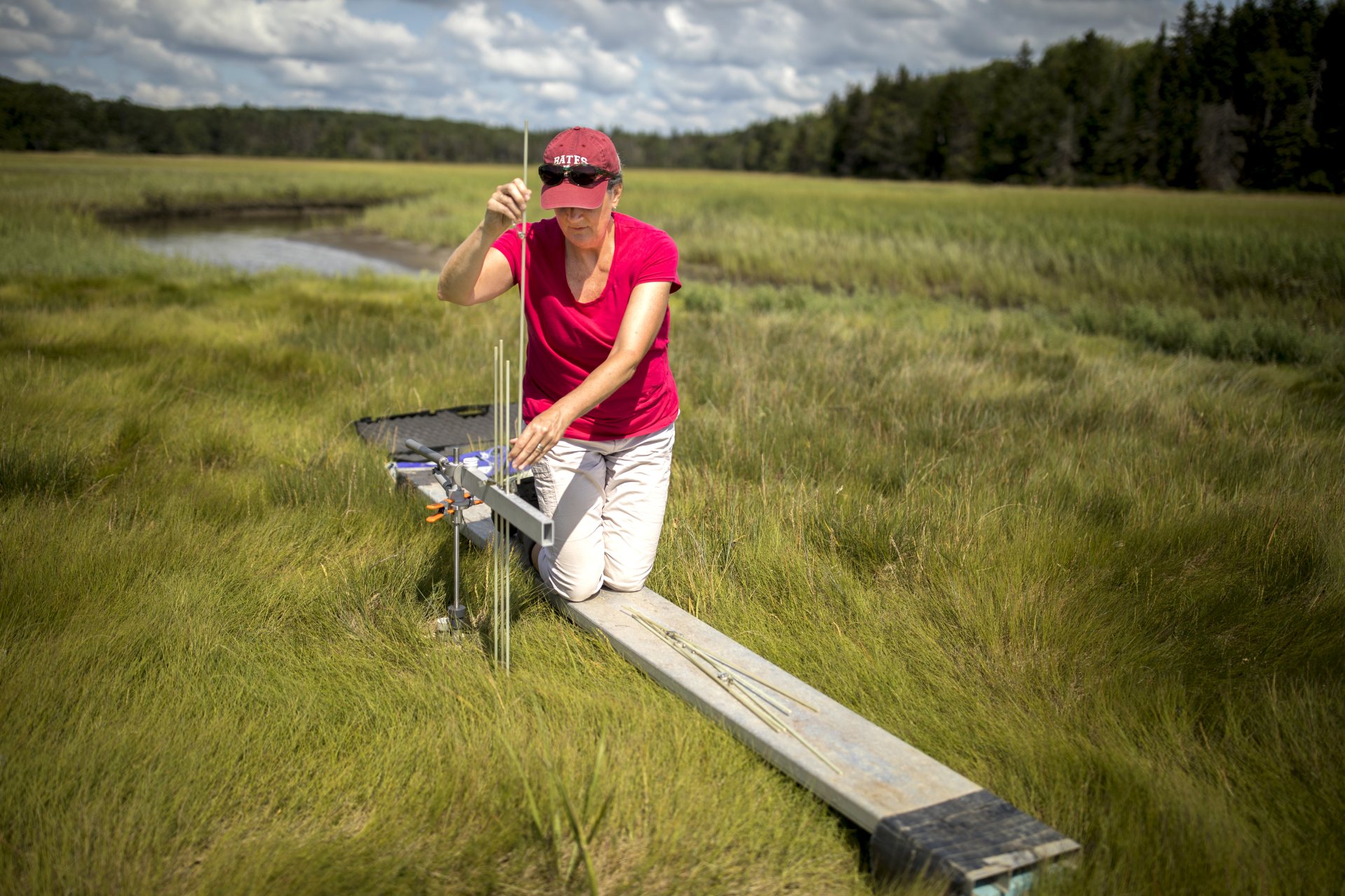
Their efforts won praise from President Spencer. “The CER has done a deeply impressive job of engaging the entire Bates community in the process, leveraging the commitment and creativity of individuals across the college,” Spencer says. “It is a powerful example of the impact that a motivated and mission-driven set of diverse stakeholders can have, and it offers a compelling model for the college as it works to address other institutional challenges.”



